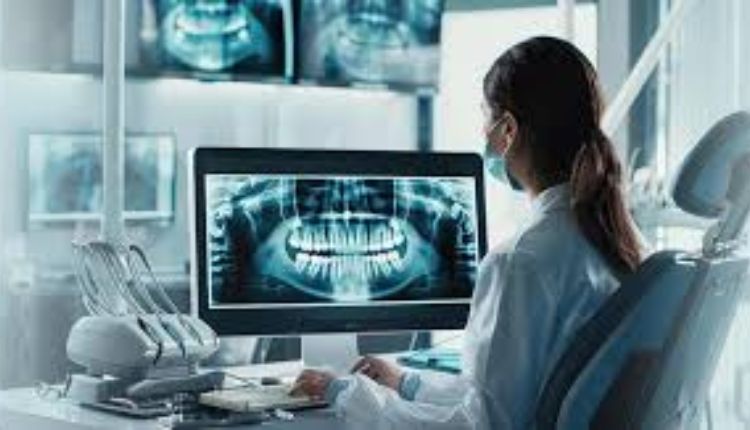Patient record management in dental practices has seen big changes recently. These advancements make it easier and safer for you as a patient. Gone are the days of endless paper files and long waits for records. Today, dentists use the latest technologies to keep track of your dental information. This shift helps prevent errors and makes your experience smoother. For example, a dentist in Juno Beach uses these new systems to quickly access your history. This means more time to focus on your care. The technology not only speeds up processes but also enhances security. Your information is better protected, giving you peace of mind. When dental practices adopt these tools, they offer better service, improving both your visits and outcomes. In this blog, we cover three key technologies transforming how dental records are managed. Each one plays a crucial role in making your dental experience better and more efficient.
1. Electronic Health Records (EHR)
EHR systems are a game-changer for dental practices. They eliminate the need for paper records and make storing and retrieving information quicker. With EHR, your dental history, treatment plans, and x-rays are just a click away. This immediate access allows dentists to make informed decisions quickly, which can improve your treatment experience.
Security is a key feature of EHR systems. Unlike paper files, which can be lost or damaged, EHRs offer encrypted storage to keep your information safe. The HealthIT.gov page explains how EHR technology improves both care quality and security.
2. Cloud-Based Systems
Cloud-based systems take EHR to the next level. They store data on remote servers, making it accessible from anywhere with internet access. This can be particularly useful if you require dental care while traveling. Your dentist can access your records remotely, ensuring you receive consistent and informed care.
Using cloud-based systems also minimizes the risk of data loss due to hardware failures. Regular backups keep your information safe and intact. This resource from the Centers for Disease Control and Prevention provides more insights into how technology impacts healthcare.
3. Digital Imaging
Digital imaging has transformed how dentists view and use your dental records. Traditional x-rays have been replaced by digital ones, which are clearer and easier to store. These images are part of your EHR, making your dental history comprehensive and accessible.
Digital imaging aids in quick diagnosis and treatment planning. Your dentist can adjust images to see different angles, ensuring more accurate assessments. This technology not only speeds up the process but also reduces radiation exposure, making it safer for you.
Comparing Traditional and Modern Record Management
| Feature | Traditional Paper Records | Modern Technologies |
|---|---|---|
| Access | Slow, requires physical presence | Instant, remote access |
| Security | Prone to damage/loss | Encrypted, secure |
| Storage | Bulky, physical space needed | Compact, digital space |
| Diagnosis | Delayed due to access time | Immediate due to rapid access |
The Future of Patient Record Management
The adoption of these technologies marks a new era in dental care. They streamline operations and enhance patient satisfaction. By prioritizing your needs and security, dental practices can focus more on delivering quality care. As these tools evolve, expect even more improvements in how your dental information is managed and used.
In summary, electronic health records, cloud-based systems, and digital imaging are revolutionizing dental practices. They offer you faster, safer, and more accurate care. These tools ensure that your dental visits are efficient and that your information is protected. As these technologies continue to advance, they promise to make dental care even more patient-focused and secure.

